The sad final days of ‘Fame’ star-turned-‘recluse’ Irene Cara
“Fame” star Irene Cara may have sung about wanting people to remember her name — but she turned her back on fame during her last days.
Cara’s neighbors in Largo, Fla. — where the hit ’80s singer-songwriter-actress died Nov. 25 at age 63 — said she lived like a hermit in recent years and guarded her privacy obsessively.
“She was a recluse. She didn’t talk to anyone,” Roseann Nolan, who lived across the street from Cara, told The Post. “I didn’t even know it was her living there until a few years ago. It was the best-kept secret ever.”
Maria Contreras, 59, who lived next door to Cara for years, said she tried to befriend her before knowing who she was. But Contreras said she could never persuade Cara, who once lit up the stage with her electrifying live performances, to take a walk with her to the nearby beach or socialize.

“I’d text her or call her to invite her to come for a walk but I wouldn’t hear back for days,” Contreras told The Post. “And she’d never call back using her cellphone. She called from her computer because she was worried about privacy. She didn’t look well and she said she had health issues.”
Contreras said she never saw anyone come to the house except a man who mowed the lawn.
“But no one, including him, ever went inside her house,” Contreras said. “She greeted you outside by the garage. She got very angry with me when I took down a fence between our houses because I wanted to put a new one up. She sent me such crazy messages that I saved them on my phone. She was worried that she wouldn’t be safe with the fence down, even for a day.”
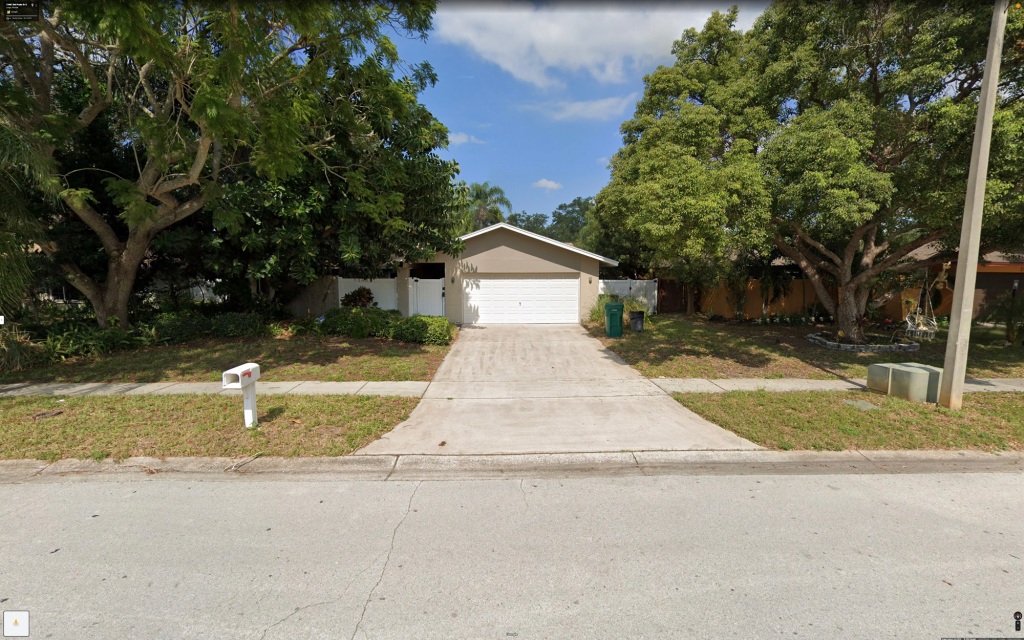
Cara’s representative, Judith Moose, and her LA-based manager of nearly two decades, Betty McCormick, paint a different picture of Cara in recent years. They told The Post that she left Hollywood and the music industry on her own terms, for the most part, and had been trying to revive her career in recent months.
McCormick was emphatic that drugs and alcohol did not play a part in Cara’s death, nor was it a suicide, she told The Post. She disagreed with the neighbors’ assessment of Cara’s last years but said the pandemic had been very tough on the singer.
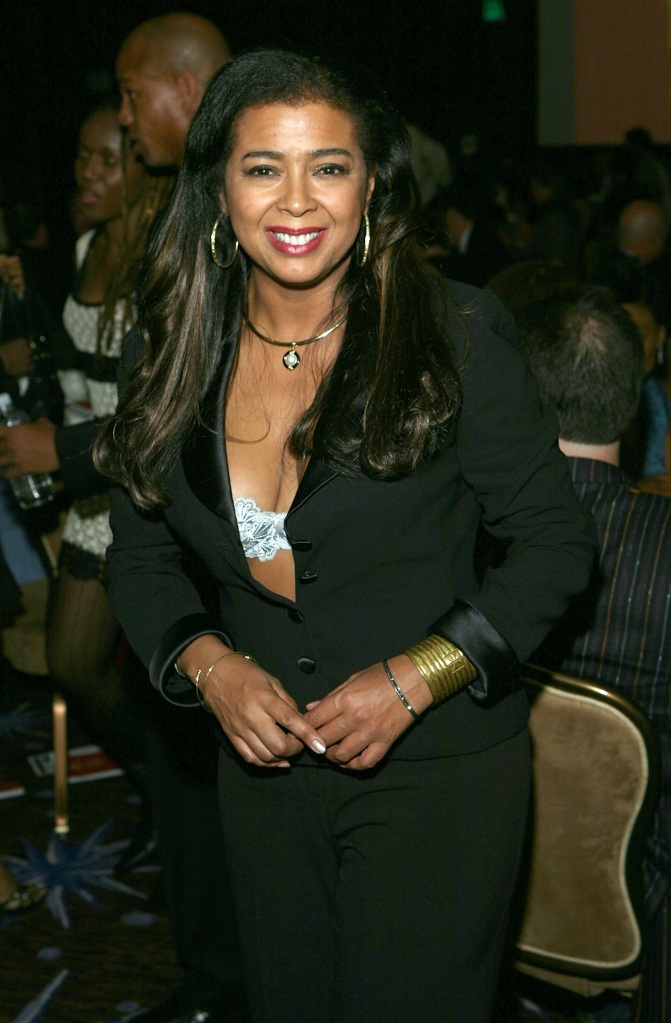
“She was very afraid of getting the [COVID] virus,” McCormick said. “She really struggled during that period.”
The early fizzling of Cara’s once-spectacular career have led many to wonder why she all but disappeared from public life after making a huge splash at a young age.
Cara’s top hits were “Fame” in 1980 and 1983’s “Flashdance … What a Feeling.” She won an Academy Award for Best Original Song and a Grammy Award for Best Pop Vocal Performance, for “Flashdance.”
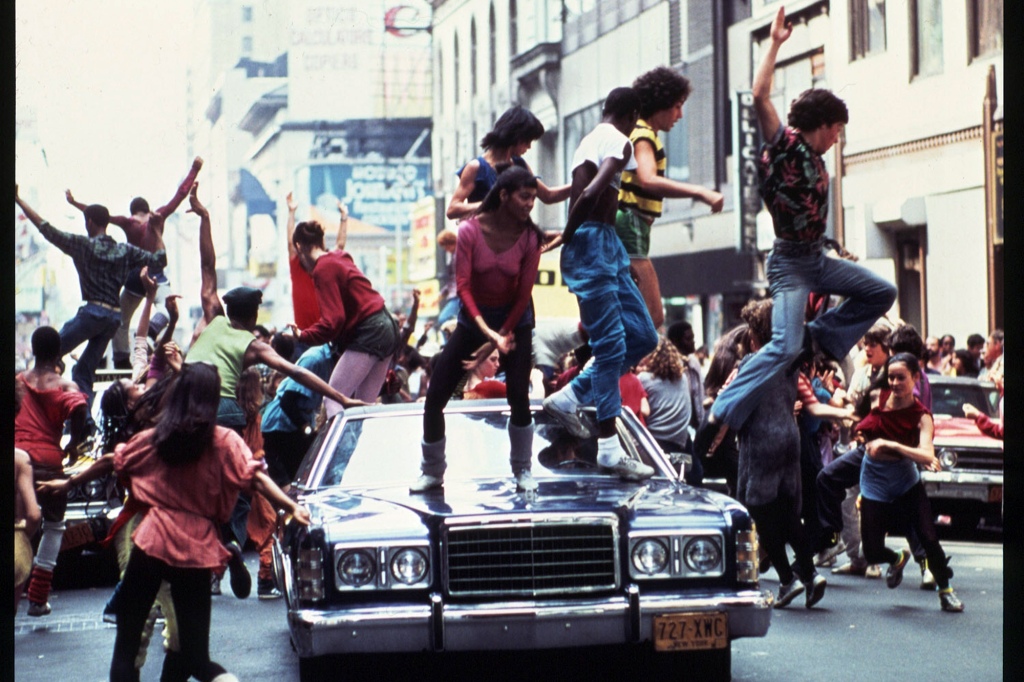
Born Irene Escalera in the South Bronx, she once claimed that her factory-worker father, Gaspar Escalera, originally from Puerto Rico, brought merengue to the US. Her mother, Louise Escalera, was a cashier of Cuban descent.
She was Irene from the block 10 years before Jennifer Lopez was born in the Bronx, and paved the way for Madonna, Whitney Houston and Mariah Carey.
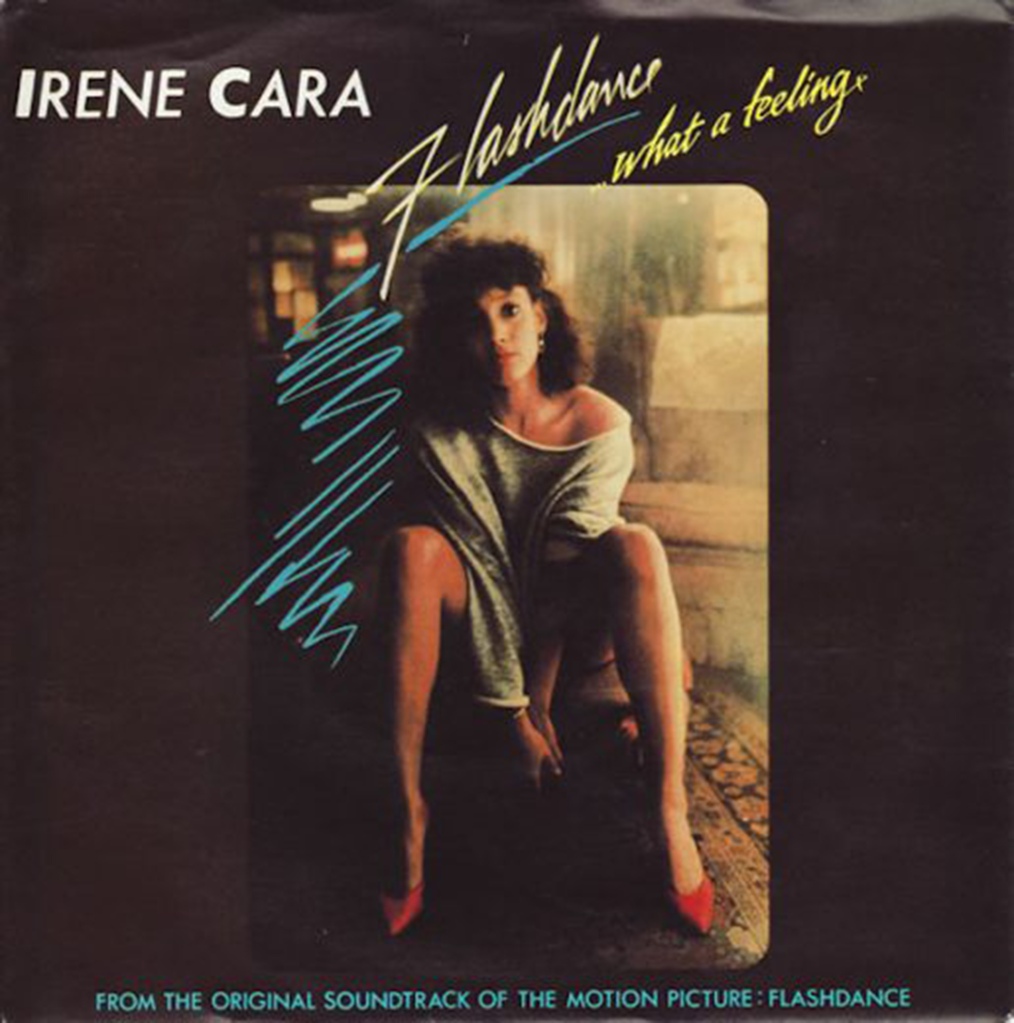
Carey posted a screenshot of “Fame” along with Cara’s hit single after her death.
“I put on the original Fame in honor of the late, great Irene Cara,” she wrote on Twitter. “Such an inspiration to so many, especially to me. Her beauty and talent is awe-inspiring in this movie. Rest in peace, dear angel.”
Cara began her career in the Little Miss America Pageant, followed by a breakout appearance as an 8-year-old on Ted Mack’s “The Original Amateur Hour.” Continuing her studies in piano and dance, she regularly appeared as a singer-dancer on Spanish-language TV variety shows.
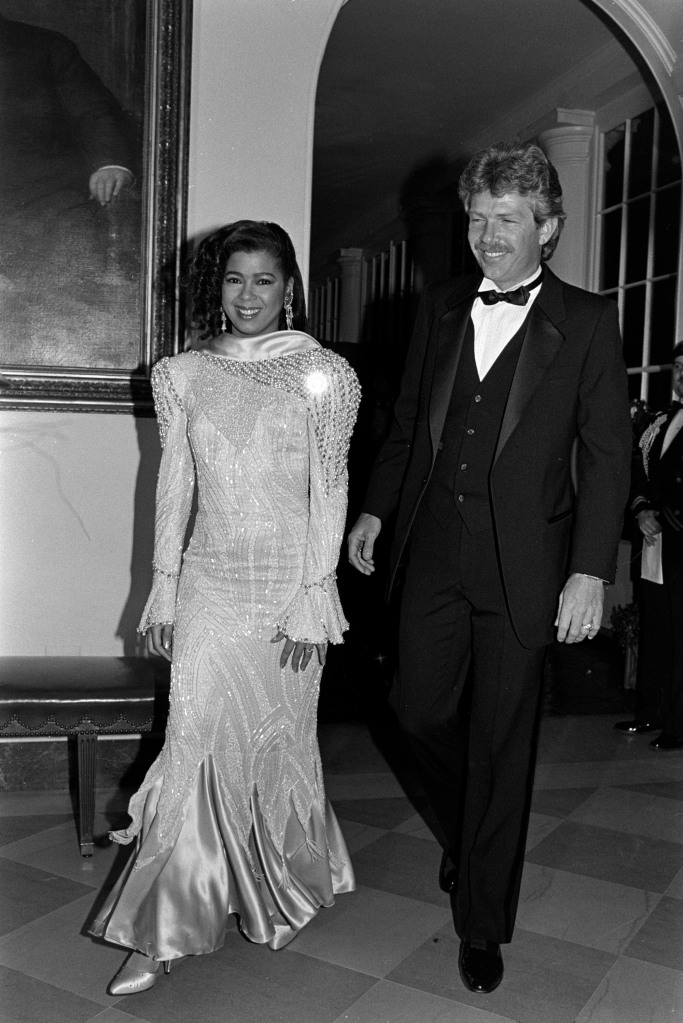
“I don’t mean to sound immodest — but I’d never had any doubt that I’d be successful, nor any fear of success,” Cara told Cosmopolitan magazine in 1985. “I was raised as a little goddess who was told she would be a star.”
She appeared from 1971 to 1972 on “The Electric Company,” the iconic PBS children’s show. Among her many early stage appearances were roles in Broadway’s “Maggie Flynn” (1968) with Shirley Jones, the Obie Award-winning musical “The Me Nobody Knows” (1970), “Via Galactica” (1972) with Raul Julia, and the original 1978 cabaret show of “Ain’t Misbehavin,’ ” with Nell Carter and “Hadestown” Tony winner André DeShields.
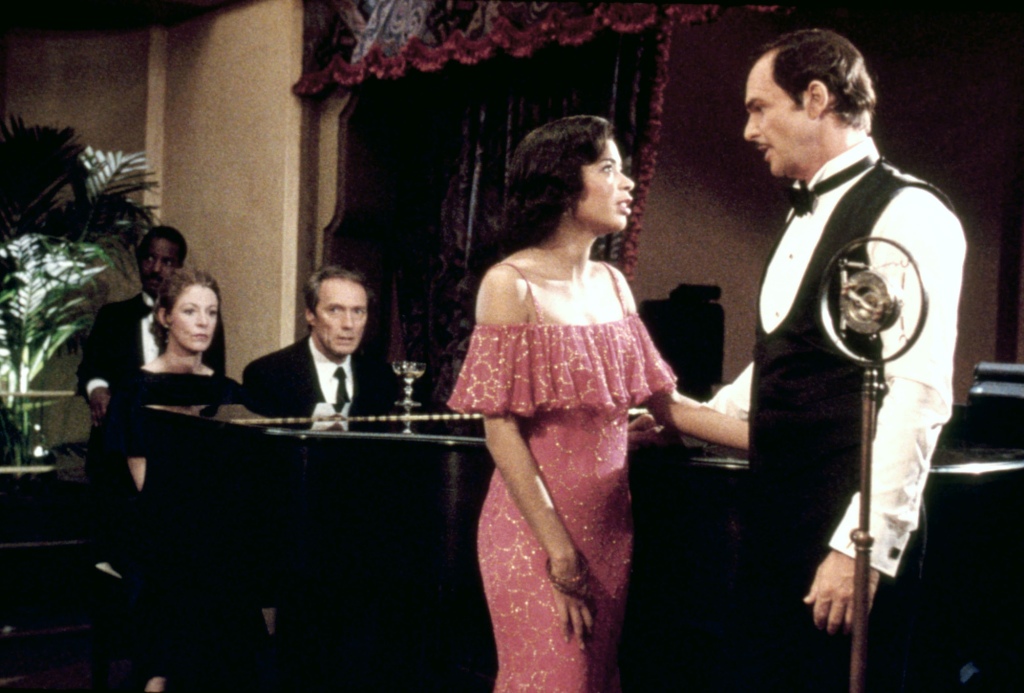
One of her most unforgettable roles was as feisty, wannabe star Coco Hernandez in the 1980 megahit “Fame” — chronicling the life and times of students at what was then known as the High School of Performing Arts and is now called Fiorello H. La Guardia High School, on Manhattan’s Upper West Side. Cara herself attended the Professional Children’s School, a school mocked in “Fame.”
In the film, her character was preyed upon by a predatory director. That plot eerily foreshadowed Cara’s decision in 1985 to sue label head Al Coury, who signed her to his Network Records, in a $10 million breach-of-contract suit for what she said was cheating her out of her royalties.
She eventually was awarded $1.5 million but the label went bankrupt and never paid her. Coury died in 2013, and Cara said she believed he blackballed her in the industry.
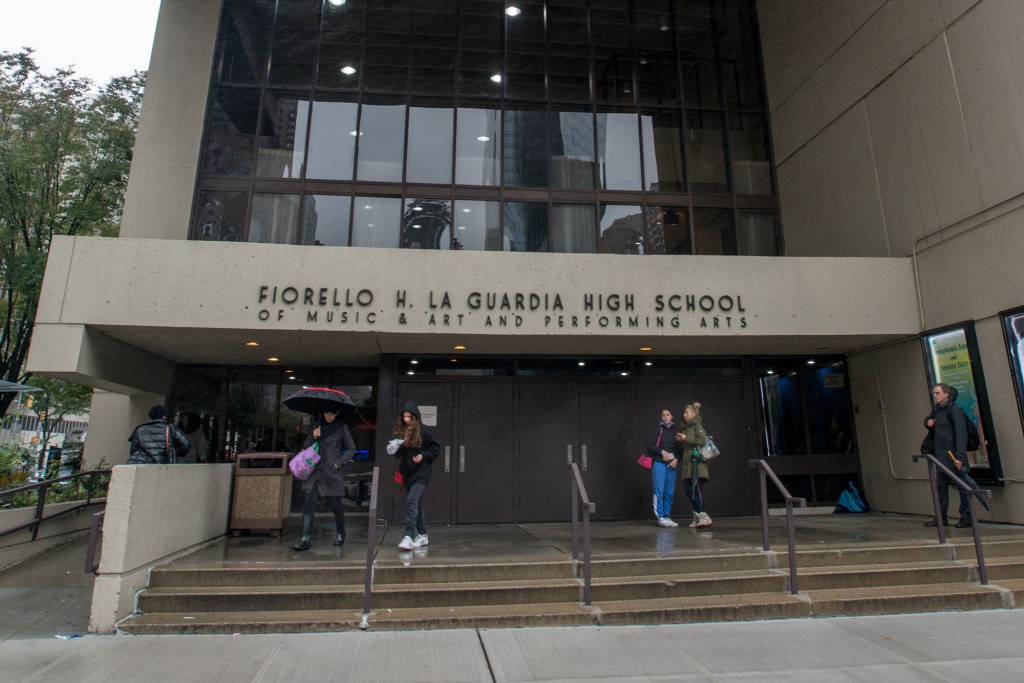
“I knew Al Coury,” veteran music producer Ed Steinberg told The Post. “Let’s just say the business model for record companies has always involved a little larceny. Being a Latina from the Bronx at that time meant she was even more vulnerable. She was this great singer but she didn’t have connections and a big crew behind her.”
“I worked on me, my spirituality,” Cara told People in 2001 about the years following the lawsuit and shortly after splitting from her husband of five years, stuntman Conrad Palmisano. “I went through my bitter, angry periods because these people took so much from me.”

Betty McCormick said the lawsuit was difficult for Cara but that, ultimately, the singer did not see herself as a victim.
“All we hear now is about racism and people being oppressed,” McCormick told The Post. “Irene was not like that. She was very proud of her Cuban and Puerto Rican and African ancestry. She was not a victim crying racism. I don’t think she was really blacklisted, either.”
McCormick and Moose both said Cara had essentially “retired” from the business because she didn’t like the entertainment industry in LA.
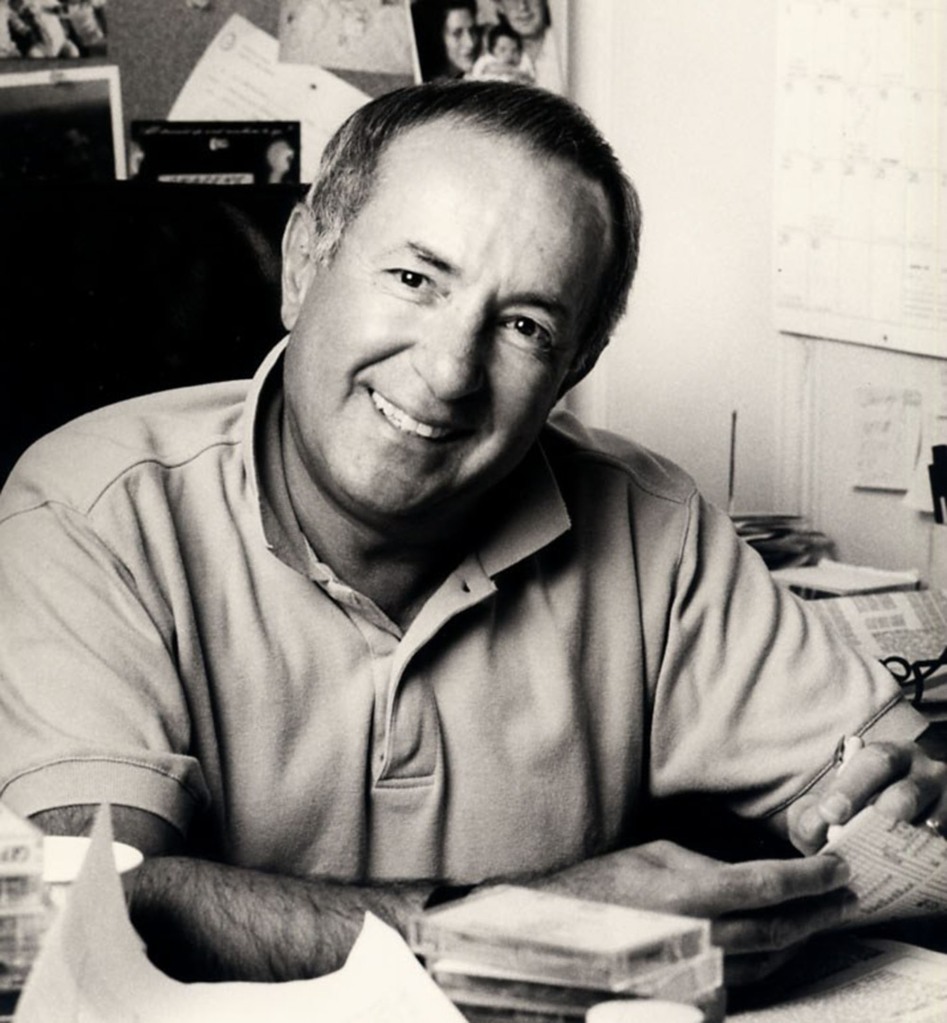
“We had wonderful conversations this past year,” Moose told The Post. “I think she was content with her life in some ways. She tried to stay in the game but she really got blackballed by corporate forces.”
Cara continued to give occasional performances after 2005 and in 2010 recruited a group of female musicians for a girl group she called Hot Caramel. Cara produced and arranged all the songs, according to two Hot Caramel members, vocalist Audrey Martells and guitarist Sheryl Bailey, who’s also the assistant chair of the guitar department at the Berklee School of Music in Boston.

“Women in music can be a lot more than just the midriff, the bellybutton, the bleached hair, the lip-synching,” Cara said in a TV interview not long before she launched Hot Caramel. “I wanted to make a statement that women in music can be sexy and alluring and fabulous and hop and cool and be about music, just the music.”
“I learned so much from her,” Bailey told The Post. “I thought I knew a lot about arranging and tracking but she knew more.”
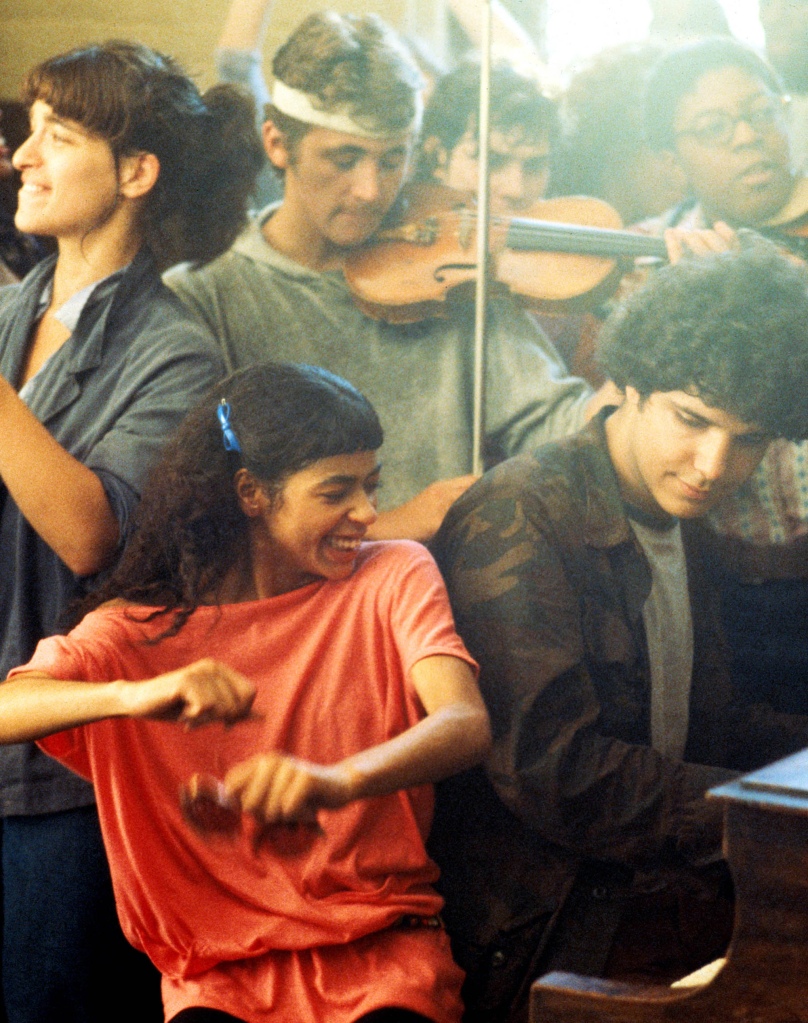
Bailey said the group recorded about five or six songs but was puzzled as to why they never seem to have been formally released by a label.
“I think she wanted a project where she had full control,” Bailey said. “She had been screwed over by the industry. I think the fact that she was a child star also hurt her. I think when you start out so early like that, you sometimes have trouble coping when you become an older adult.”
McCormick said Cara re-recorded two of her hits, “Fame” and “Flashdance,” so she would own the masters, a la Taylor Swift.
Though her neighbor in Florida said Cara drove an old car and had a van with flat tires that sat for months in her yard, there’s no indication the singer was broke when she died.
“The thing I liked about Irene was that she never changed for the room,” Audrey Martells said. “You think everyone wants to be in the limelight but I don’t think she cared that much about that. She cared about the music. She stood in her own truth. I think she was doing OK, living off her royalties and licensing her music and doing things her way.”
Read the full article Here


